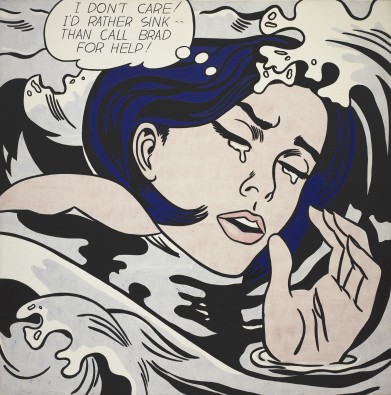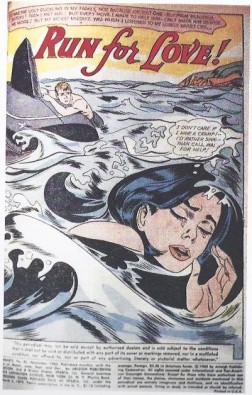Culture is a complex term and its meaning has evolved over the years. In 1605, Sir Francis Bacon wrote “The Culture and Manurance of Minds” , in which he interpreted culture as a a process of human development (Münch and Smelser, 1993). Critic Raymond Williams also suggests that culture can be interpreted as a way of life or as an activity that is pursued in several institutions of art (Williams, 1983).
Culture as a way of life plays a significant role in the development of art and design. For the purposes of the research, I will be exploring the underlying civic values of pop culture that influenced Roy Lichtenstein’s art.
In his book, “The Medium is the Massage”, Marshall McLuhan talks about media as an extension of the human senses. He also argues that the adoption of mass media technologies have caused shifts in human behavioural norms. With the help of Mass Media, the messages were made easily accessible to a large group of people however, they made human perceptions monotonous. Pop-artists were inspired to challenge that notion by showing reality of the everyday life through art.
It is interesting to note that Lichtenstein closely studied the work of abstract expressionists even though they believe in contradictory values. Abstract expressionism was inspired by the individual reflection of the artist however, Lichtenstein’s work was inspired by culture, devoid of individual emotions. His style was heavily influenced by the comic strips and he believed in the depersonalization of emotions. His choice of Ben-day dots, bold lines, colours and typography were influenced by the idea of mechanical reproduction and commercial advertising from the sixties. (Osterwold, 1974)
His famous piece, ‘Drowning Girl’ (Fig 1), was inspired by DC comic’s ‘Run for Love’ in Secret Love #83 (Fig 2). By cropping the boyfriend out of the image and focusing on the drowning girl he heightens the drama while trivializing the melodramatic depiction of choosing death over reconciliation. His work was provocative because he appropriated popular imagery in a sarcastic and insincere way which he was hugely criticized for. He reduced popular pieces of art to trivial comical figures. But, it can be argued that the purpose of appropriating original artworks was his attempt to blur the differences between high culture and low culture, which was a common theme during that period. It also enabled him to challenge the monotonous perceptions by using triviality as a new way of understanding.

Fig 1: Drowning Girl(1963) , Roy Lichtenstein
Fig 2: A Tony Abruzzo panel from “Run For Love” in Secret Hearts, no. 83 (November 1962)
Munch, R. and Smelser (1992), Theory of Culture. Berkeley: University of California Press, Available at: http://ark.cdlib.org/ark:/13030/ft8q2nb667/ (Accessed: 28 May 2017)
Williams, R. (1983), Keywords: A Vocabulary of Culture and Society, London: Flamingo
Osterwold, T., (1974), Pop Art, Italy: Taschen
MoMA Learning, Drowning girl, Available at: https://www.moma.org/learn/moma_learning/lichtenstein-drowning-girl-1963 (Accessed: 28 May 2017)
Fig 1,2 : (Fighttps://www.moma.org/learn/moma_learning/lichtenstein-drowning-girl-1963)

